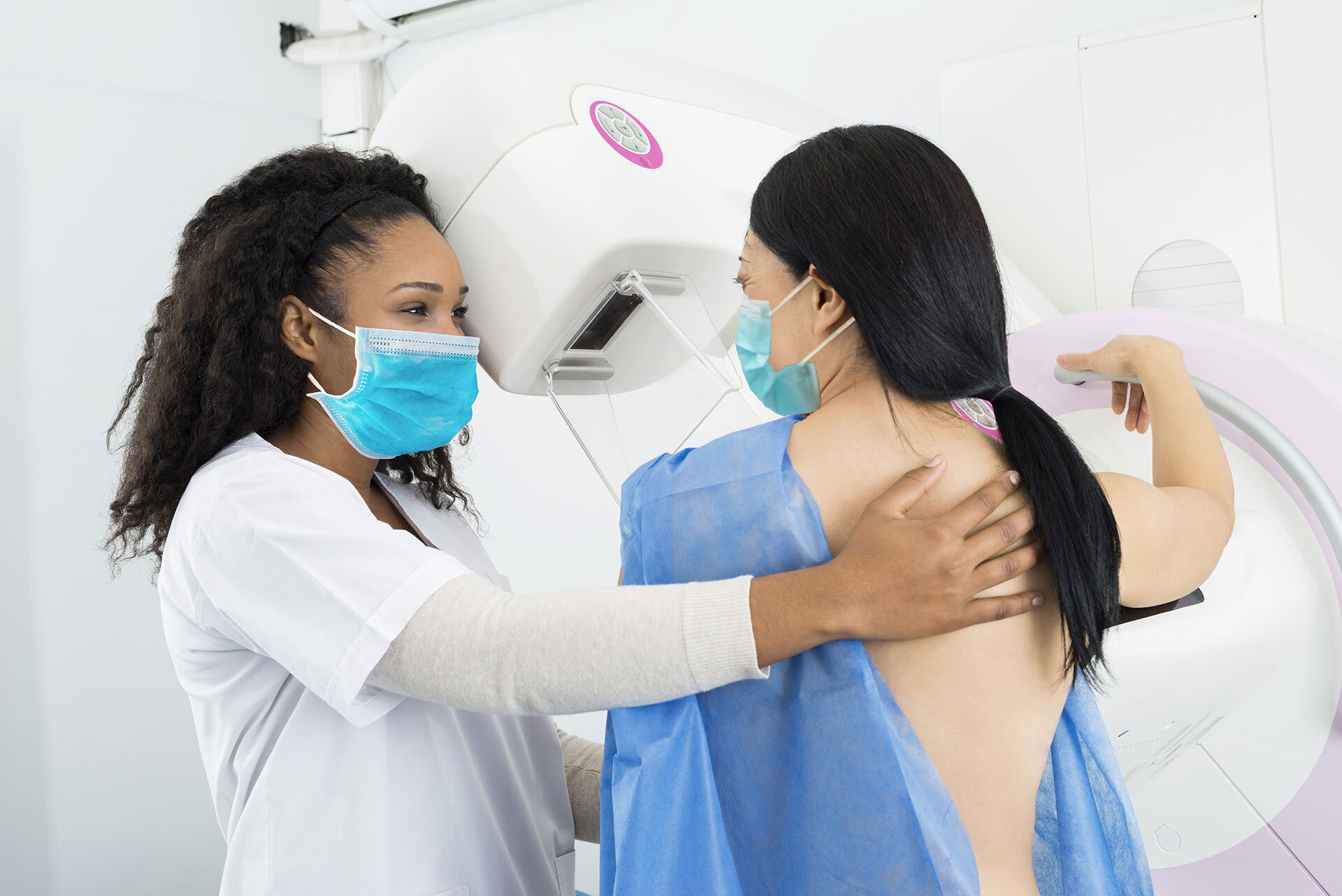3D MAMMOGRAPHY OVERVIEW
What is breast tomosynthesis?
Mammography remains the “Gold Standard” for breast cancer screening and early detection. Breast tomosynthesis, or 3D mammography, represents a significant breakthrough in breast imaging technology, allowing your radiologist to view your mammogram at a level detail that simply wasn’t available in the past.
Tomosynthesis produces a three-dimensional picture of the breast that a radiologist can view in 1-millimeter slices. The additional 3D images allow radiologists to provide a more comprehensive evaluation of a patient’s breast tissue during screening while reducing the need for follow-up imaging.
In studies where the 2D and 3D images are both obtained, the total X-ray dosage is still below the safety limit by the Mammography Quality Standards Act (MQSA) set forth by the FDA.
What are the advantages of 3D mammography?
A significant research study reported in the JOURNAL OF THE AMERICAN MEDICAL ASSOCIATION found that tomosynthesis imaging, or 3D mammography, reveals significantly more invasive cancers than a traditional, 2D mammogram. Invasive cancers are more likely to spread or cause death. 3D mammography also reduces the number of women called back for additional imaging, which reduces patient anxiety and helps lower health care costs.
The study’s findings included:
41% increase in the detection of invasive breast cancers
29% increase in the detection of all breast cancers
40% decrease in false positives
15% decrease in women recalled for additional imaging
How do I get a 3D mammogram? To schedule your annual screening mammogram, call Inland Imaging at 509.455.4455.

